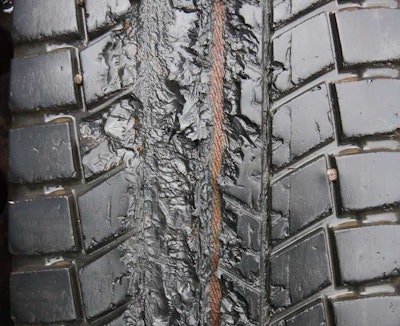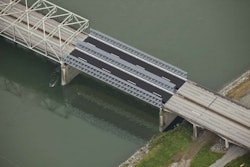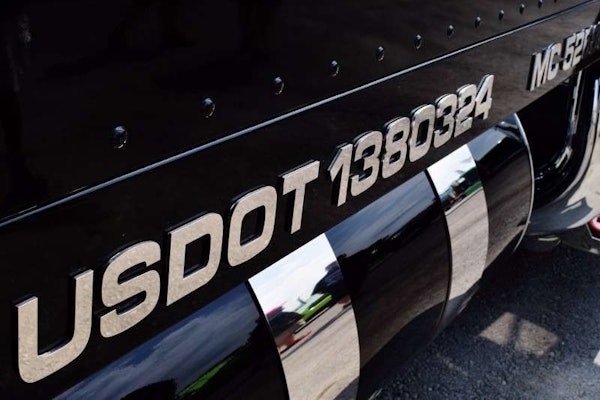
UNDERINFLATION. A tire running on low air works harder than intended. The potential for damage accelerates as the tire gets farther from optimum pressure.
OVERINFLATION OR OVERLOADING. Overloading a tire produces problems similar to those of underinflation. Never load a tire beyond its rating; instead, adjust air pressure for the load and/or ambient temperature. Hot temperatures increase air pressure; cold temps reduce it.
BAD ALIGNMENT. If wheels aren’t aligned correctly, tires aren’t rolling straight down the road. Wear will accelerate.
POOR SUSPENSION MAINTENANCE. Neglecting the suspension system will create a snowball effect as tires face uneven stresses every few seconds. This can produce uneven and accelerated tread wear, as well as sidewall damage.
IMPROPER MOUNTING/DEMOUNTING. This includes practices such as using starting fluid or tools with rough edges, failing to clean the wheel or inspect the tire to make certain it hasn’t been damaged or overstressed, and replacing the core seal rather than reusing the old one.
IMPROPER REPAIR. Never allow a rope (patch) repair to serve as a permanent fix for a puncture.
TIRE UNSUITED TO THE APPLICATION. Only a few tires are designed to work in more than one position or application. The wrong tire or tread will not be nearly as durable as the right one.







